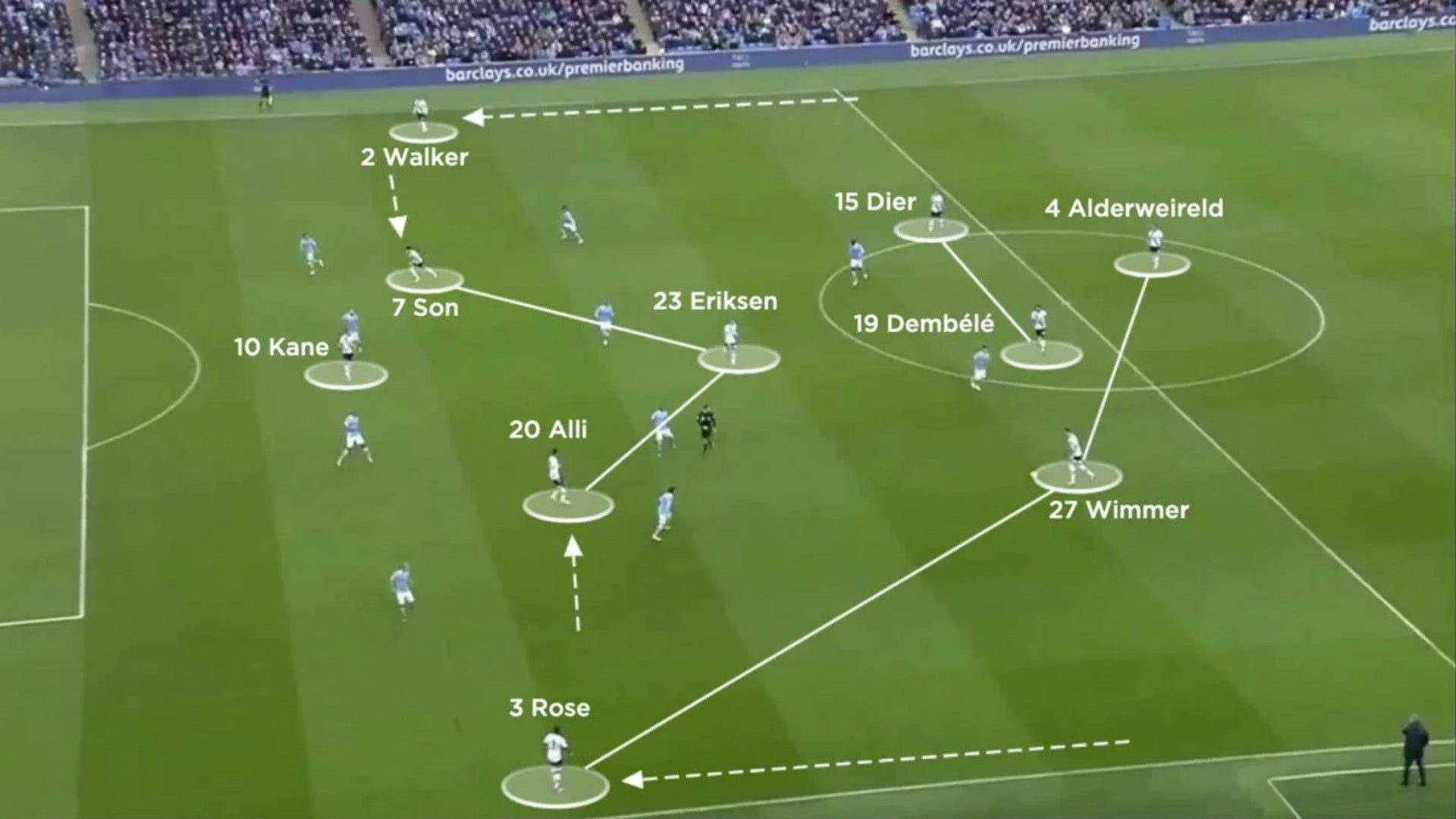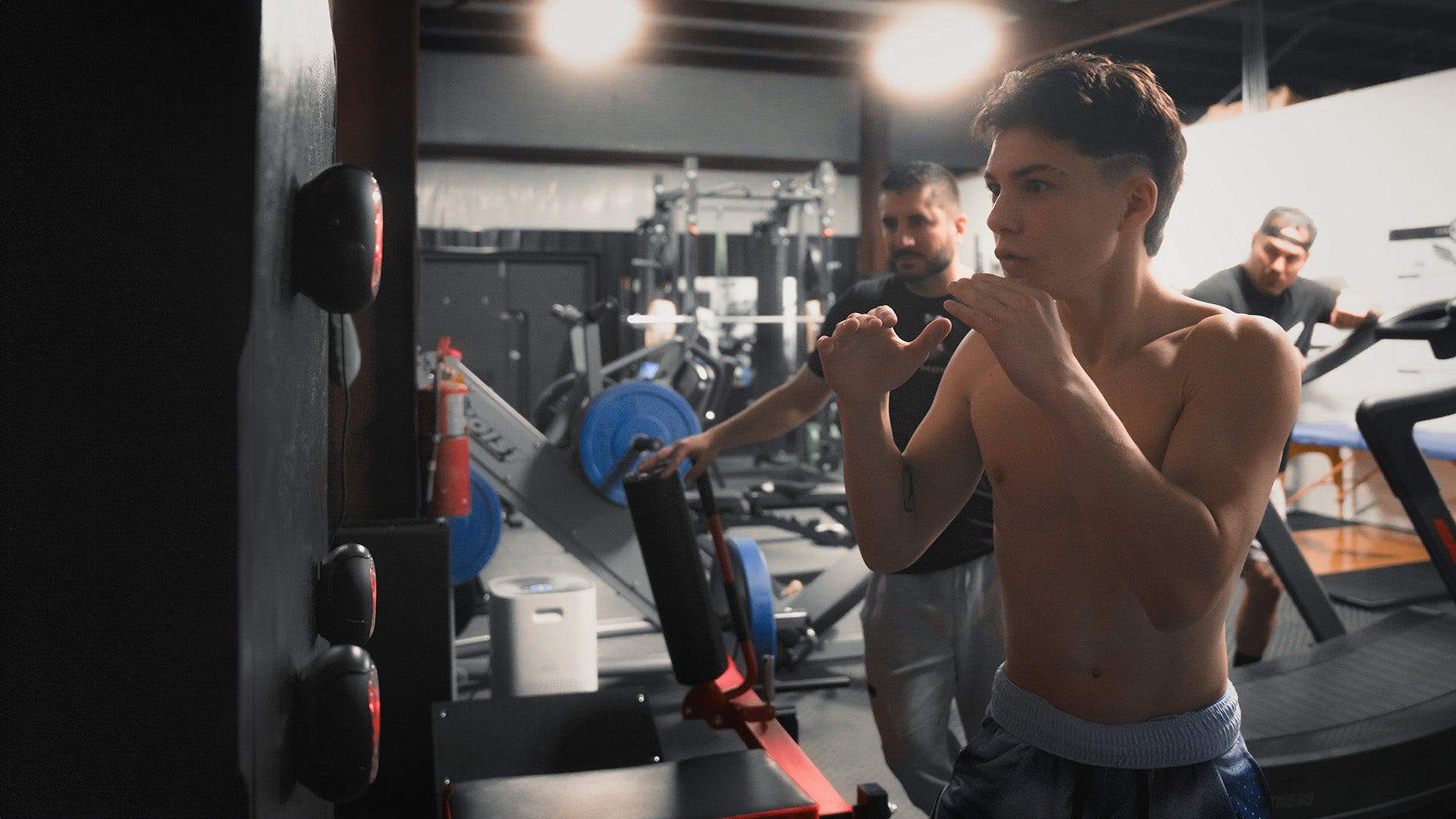Hey there, soccer enthusiasts! Ever wondered what makes a rock-solid soccer defense position? It's not just about having tough players who can tackle well; it's an art and science that involves strategic positioning, understanding the game, and, yes, a bit of grit.
Today, we're diving deep into the world of soccer defense positions, exploring the nuances that make or break a team's defensive line. Whether you're a budding player, a coach looking to sharpen your team's strategy, or just a fan eager to understand the game better, this guide is for you. So, let's kick things off!
The backbone of the team: Understanding soccer defense positions
In soccer, defense positions are the backbone of any team. They're the unsung heroes, often overshadowed by the flashy forwards but just as crucial to securing victories. But what exactly are these defense soccer positions, and how do they contribute to the team's success?
- Center-Back (CB): The cornerstone of defense, center-backs are the last line before the goalkeeper. They're the ones going head-to-head with the opposing team's forwards, breaking up attacks, and clearing the ball from danger zones. Their physical presence and ability to read the game are unmatched.
- Full-Back (FB): Positioned on the flanks, full-backs have the dual responsibility of defending their territory against wingers and supporting their own team's attacks. Modern soccer demands that they have the stamina to sprint up and down the field, making them crucial in both defense and offense.
- Wing-Back (WB): A hybrid of full-backs and wingers, wing-backs are for teams employing a three-center-back formation. They provide width, support attacks, and rush back to defend, embodying the term "workhorse."
- Defensive Midfielder (DM): The bridge between the defense and midfield, defensive midfielders break up opposition plays, intercept passes, and start their team's attacks. They're the tactical fulcrums, often dictating the pace of the game.
Balancing act: Advantages and challenges for a soccer defender
Each defense soccer position comes with its own set of advantages and challenges.
Center-backs, for example, offer a formidable barrier but must constantly be aware of their positioning to avoid leaving gaps. Full-backs contribute to attacks but risk leaving spaces behind them. Wing-backs can overwhelm opponents with their energy but may find themselves caught out of position. Defensive midfielders control the game's rhythm but need to balance their defensive duties with supporting attacks.
The decision-making impact of the defense positions in soccer
Choosing the right mix of defensive positions is crucial. It's about balancing the team's overall strategy with the strengths and weaknesses of individual players.
A team that excels in physicality might favor a more traditional setup with strong center-backs, while a team with fast, versatile players might opt for fluid formations with wing-backs and roaming defensive midfielders.
Enhancing your defensive game with A-Champs training devices
In the quest to master the art of soccer defense positions, incorporating innovative training tools can significantly elevate your skills, especially in the demanding roles of defense positions in soccer.
A-Champs' cutting-edge products are designed to target the specific needs of any soccer defender, offering a unique blend of technology and training methodology that can transform your defensive game.
The A-Champs advantage
What sets A-Champs apart is our commitment to developing devices that simulate real-game scenarios. This approach ensures that the skills you develop are directly transferable to the pitch, making your training sessions as productive as possible.
A great example is our soccer rebounder board, designed for everyone, whatever their skill level, to train like never before with its 2-in-1 function for ground- and air-rebounding.
The best part? You can use it along with the ROX System to enhance even more your soccer defender skills. By integrating these devices into your training regimen, you're not just working on your physical capabilities but also enhancing your cognitive skills, such as focus and decision-making, which are crucial for any soccer defender.
Why focus on soccer defense positions
In the grand chessboard of soccer, defense positions are pivotal. They require a blend of physical prowess, tactical understanding, and mental fortitude. Whether it's the stoic center-back, the tireless full-back, the dynamic wing-back, or the strategic defensive midfielder, each role is crucial in weaving the fabric of a team's defense.
As the game evolves, so too will the roles and strategies of soccer defense positions. But one thing remains constant: their importance to the game's very essence. That’s why incorporating A-Champs' innovative training devices into your regimen can provide a significant boost to your defensive skills.
By focusing on the unique demands of soccer defense positions, we ensure that every defender, regardless of their role, has the tools and training necessary to excel. As the game of soccer continues to evolve, so too should the way we train and prepare for it.
With A-Champs, you're not just preparing for the game; you're staying ahead of it.





Leave a comment
This site is protected by reCAPTCHA and the Google Privacy Policy and Terms of Service apply.